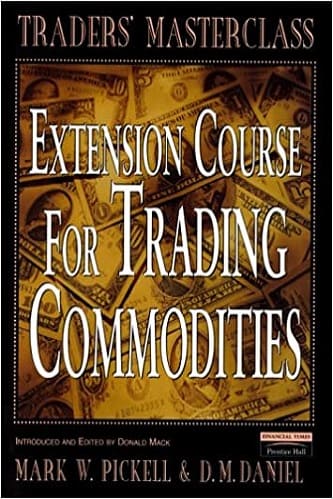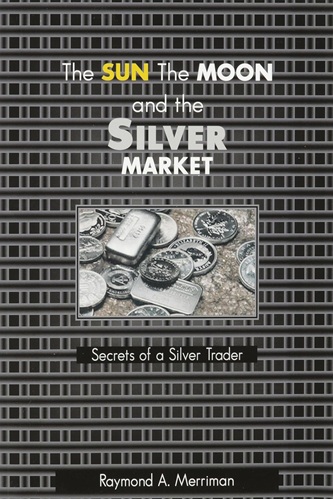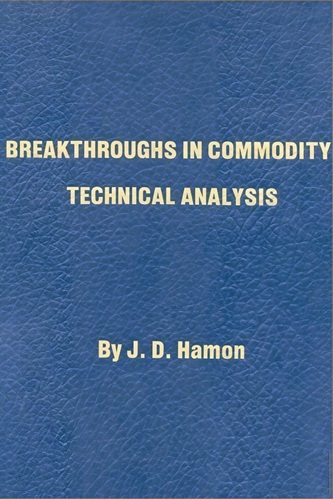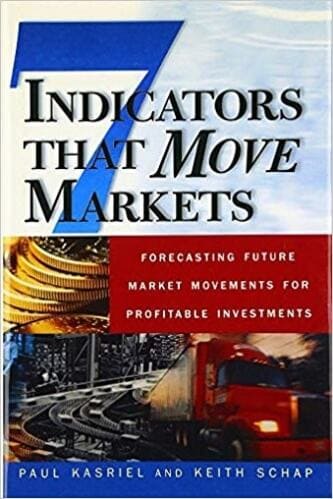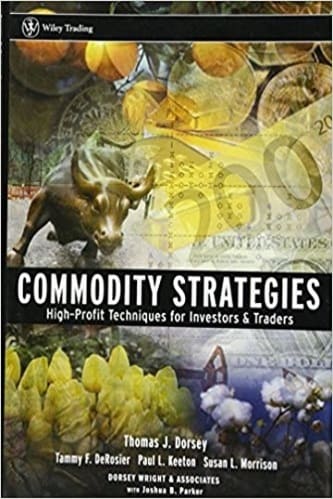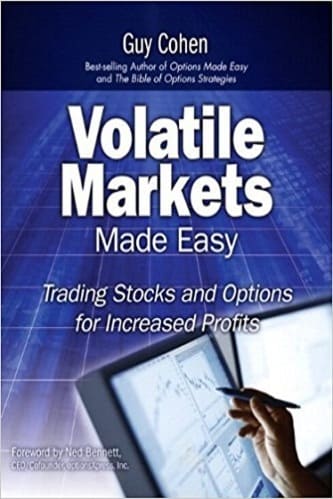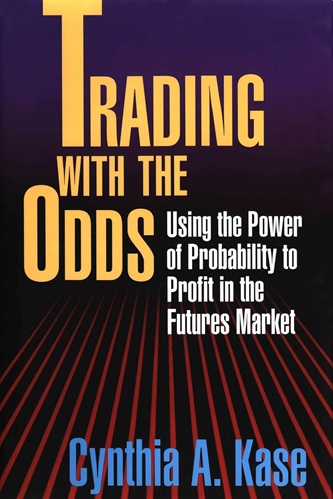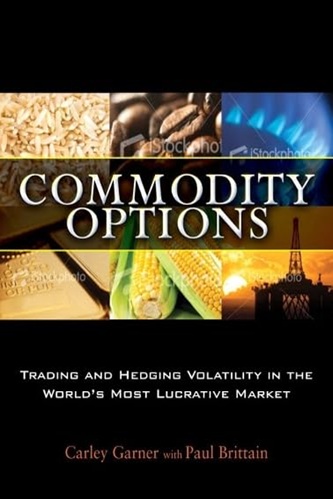Extension Course for Trading Commodities
$22.36
| Author(s) | , |
|---|---|
| Format |
|
| Pages |
423 |
| Publication Year |
2000 |
Extension Course for Trading Commodities is a complete manual for commodities traders. From the fundamentals to advanced technical aspects of commodities trading. Addresses key problem areas and offers solutions. Interactive course format includes 25 lessons. For decades, commodities traders have recognized Daniel Pickell’s guide to commodities trading as the field’s classic — and it’s finally back in print, with an insightful new introduction by Donald Mack. This legendary book brings together 25 lessons that teach every key element of success, from the fundamentals to advanced technical issues. Along the way, Pickell identifies the key challenges for commodities traders — and presents solutions that work. For all commodity traders, and for students and historians of the markets.
Introduction:
Every once in a while a book comes along that makes an impression in its field of specialization that leaves a path so strewn with gems of wisdom in that field that we who are closely involved in its area of influence can only inadequately express our admiration of its great merits. However, in the light of whether a work has achieved greatness or not, time itself neither judges nor denies this, it just leaves to the Fates its lasting destiny which can range from the totally forgotten all the way to great acclaim.
So it is that when we meet the outstanding coverage this Pickell-Daniel Course gives to the field of Commodities and Futures, the writer of this Introduction certainly will put himself at the forefront in giving this masterful classical work the honor it deserves. This he does with the extra note that even with the first two chapters being more than outdated by the passage of time, the balance of the Course suffers not the least from this slight deficiency.
Some years ago as an exercise of the intellect, which could also be described as taking on a mental obstacle course, I made the decision to see if I could make a case for Fundamental Analysis in the stock market. With my being a dedicated and firm believer in that which today is as far removed from Fundamental Analysis as one can possibly go, that being the school of analysis we call Technical Analysis, it was an extremely difficult task to undertake.
I believe I approached this exercise with a full display of fairness by assuming as neutral a position as I was able to take. It was an absolute necessity to do this as earlier in my research, for effective market knowledge to invest and trade, I had totally thrown out all aspects of Fundamental Analysis as basically ineffectual. More than anything I found it very nebulous analytical work with the methodology requiring more the prerequisite of luck in its future projections than any great forecasting skill.
The key comparison in this investigation of Fundamentals came down to the thing absolutely required in investing and trading, and that is precision in measuring price movements and pivot points, notably the use of the Fibonacci Summation Series and the Golden Ratio of 1.618 which so many times gives very accurate measurements. Fundamental Analysis by its very nature has to broadly rely on extrapolation of currently known basic facts derived from a company’s accounts and on opinions and raw projections to try to determine that company’s future prospects.
My earnest decision on the Fundamentals in the Stock Market versus the Technicals had to be decided in favor of the Technicals. The Fundamentals depended too much on the analyst’s luck of the draw, or more factually on the Law of Averages where only the very, very few of those who are at its high end reap the rewards. It all then slackens off dramatically as the Average’s curve moves further and further from the fortunate few of the time to the great bulk of practitioners who basically come down to the one real factor that they have to turn to – guessing.
Contents:
- THE RELATIVITY OF PRICES
- THE LAW OF SUPPLY AND DEMAND
- THE DOW THEORY APPLIED TO GRAIN
- GREGORY KING’S LAW OF PRICES AND HISTORICAL EFFECTS OF HIGH AND LOW PRICES
- DAILY ACTION
- TRENDS
- AVERAGES
- OBJECTIVES
- CYCLES AND THE WEATHER
- SEASONAL TRENDS IN GRAIN PRICES
- EXAMINATION
- CORN
- OATS AND BARLEY (AND ANSWERS TO EXAMINATION QUESTIONS)
- BUSINESS FUNDAMENTALS AND GRAIN PRICES
- THE BASIS OF PROSPERITY AND ADVANCING PRICES
- CHANGING ASPECTS OF AMERICAN INDUSTRIAL ECONOMY
- THE BUSINESS CYCLE AND THE BUSINESS INDICES
- GRAIN TRADING METHODS OF BIG OPERATORS
- TRADING METHODS OF BIG OPERATORS
- SUGGESTED METHOD OF TRADING OPERATIONS
- APPLICATION OF TRADING METHODS
- TRADING IN A NARROW MARKET
- MAY WHEAT AND THE BANKING HOLIDAY
- AN ERRATIC WHEAT FUTURE IN AN UNUSUAL MARKET
Extension Course for Trading Commodities By Mark W. Pickell and D.M. Daniel pdf

